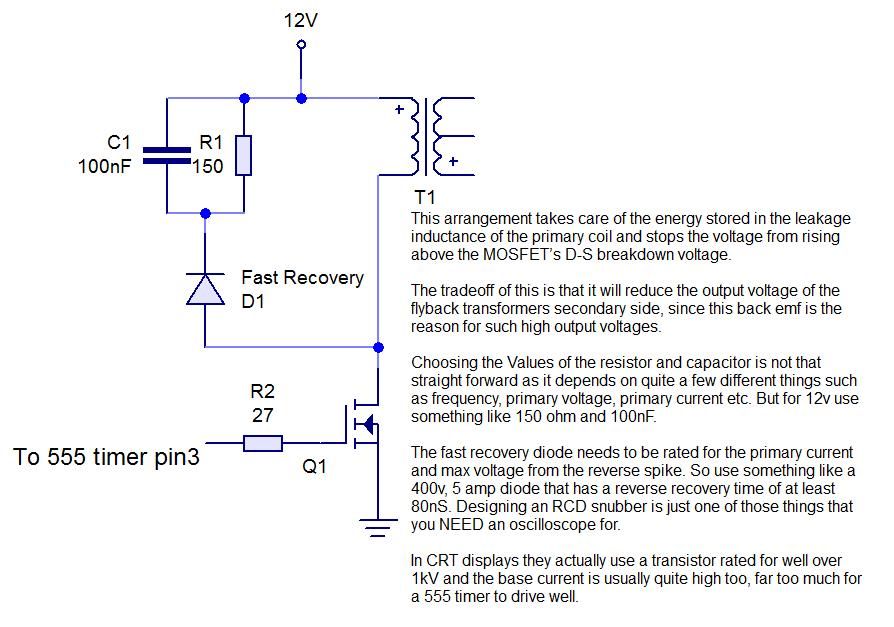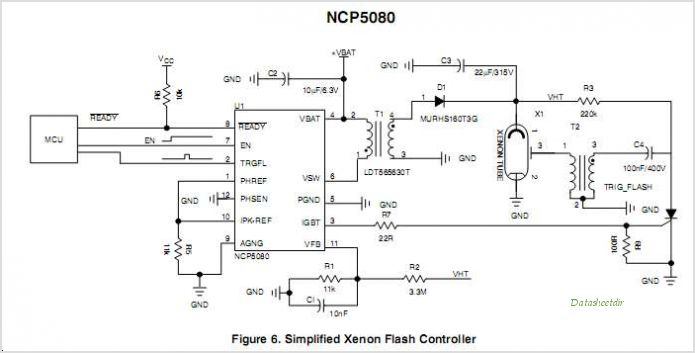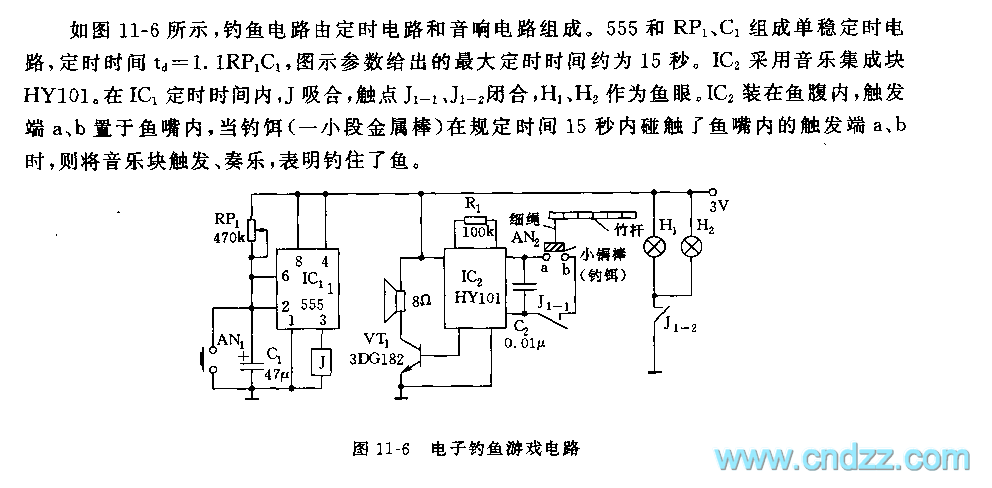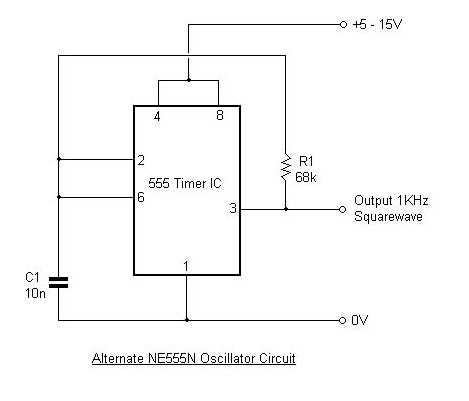
555 Oscillator With 50% Duty Cycle
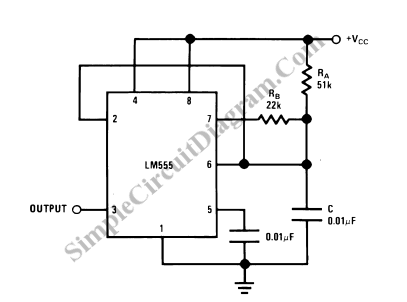
To achieve a 50% duty cycle using a 555 timer IC, two diodes can be employed to isolate the charging and discharging paths. Alternatively, it is also possible to configure the circuit without diodes.
The 555 timer IC is a versatile component commonly used in various timing applications, including astable multivibrator configurations to generate square wave signals. To create a 50% duty cycle, it is essential to ensure that the time spent in the high state is equal to the time spent in the low state during each cycle.
In a typical astable configuration, the 555 timer operates with two resistors (R1 and R2) and a capacitor (C1). The duty cycle can be adjusted by varying the values of these resistors. However, to achieve precise control over the duty cycle, the use of diodes can be advantageous. By integrating two diodes into the circuit, one diode can be placed in the charging path (connected to the capacitor) and another in the discharging path. This arrangement allows for different resistance values during charging and discharging, enabling a balanced duty cycle.
In the absence of diodes, the duty cycle can still be approximated at 50% by selecting appropriate resistor values. For a 50% duty cycle, the relationship between the resistors and the capacitor must be carefully calculated to ensure that the time constant for charging (T1) equals the time constant for discharging (T2). The formula for the duty cycle in this configuration can be expressed as:
Duty Cycle (%) = (T1 / (T1 + T2)) * 100
Where T1 = 0.693 * (R1 + R2) * C1 and T2 = 0.693 * R2 * C1.
To summarize, achieving a 50% duty cycle using a 555 timer IC can be effectively accomplished through the use of diodes for enhanced control or by careful selection of resistor values in a diode-free configuration. This flexibility allows designers to tailor the circuit to specific application requirements while maintaining the desired output waveform characteristics.To generate 50% active factor (duty cycle) using 555 IC, we can use two diodes to separate the charging and the discharging path. With no diodes, we can also.. 🔗 External reference
The 555 timer IC is a versatile component commonly used in various timing applications, including astable multivibrator configurations to generate square wave signals. To create a 50% duty cycle, it is essential to ensure that the time spent in the high state is equal to the time spent in the low state during each cycle.
In a typical astable configuration, the 555 timer operates with two resistors (R1 and R2) and a capacitor (C1). The duty cycle can be adjusted by varying the values of these resistors. However, to achieve precise control over the duty cycle, the use of diodes can be advantageous. By integrating two diodes into the circuit, one diode can be placed in the charging path (connected to the capacitor) and another in the discharging path. This arrangement allows for different resistance values during charging and discharging, enabling a balanced duty cycle.
In the absence of diodes, the duty cycle can still be approximated at 50% by selecting appropriate resistor values. For a 50% duty cycle, the relationship between the resistors and the capacitor must be carefully calculated to ensure that the time constant for charging (T1) equals the time constant for discharging (T2). The formula for the duty cycle in this configuration can be expressed as:
Duty Cycle (%) = (T1 / (T1 + T2)) * 100
Where T1 = 0.693 * (R1 + R2) * C1 and T2 = 0.693 * R2 * C1.
To summarize, achieving a 50% duty cycle using a 555 timer IC can be effectively accomplished through the use of diodes for enhanced control or by careful selection of resistor values in a diode-free configuration. This flexibility allows designers to tailor the circuit to specific application requirements while maintaining the desired output waveform characteristics.To generate 50% active factor (duty cycle) using 555 IC, we can use two diodes to separate the charging and the discharging path. With no diodes, we can also.. 🔗 External reference
